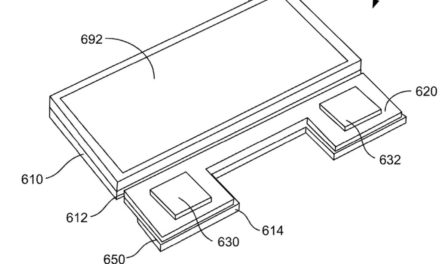New data from Juniper Research (www.juniperresearch.com) reveals that the total number of connected IoT (Internet of Things) sensors and devices is set to exceed 50 billion by 2022, up from an estimated 21 billion in 2018.
The research group finds that this growth, equivalent to 140% over the next four years, will be driven by edge computing services (the processing of data away from the cloud and closer to the source), increasing both deployment scalability and security. It notes that IBM’s breadth of services and investment in its Watson platform has paid off. However, Microsoft’s tremendous growth in the enterprise cloud space, its IoT Edge services and AI prowess highlight an increasingly compelling offer in the market.
Juniper Research finds that the rise of edge computing will be critical in scaling deployments up, owing to reduced bandwidth requirements, faster application response times and improvements in data security. It predicts that a substantial proportion of the estimated 46 billion industrial and enterprise devices connected in 2023 will rely on edge computing. Therefore, addressing key challenges surrounding standardization and deployment models will be crucial.
“IoT at the edge dramatically increases project scope and value. However, it must be noted that work around standardization, interoperability and how to manage the decentralization of data processing remain in development,” research author Steffen Sorrell adds.
Juniper foresees that consortium-run blockchains or similar distributed ledger technologies, such as IOTA, will play an important role in delivering future IoT events or payment transaction management. However, both approaches presently lack true decentraliation offered by public blockchains, a key requirement for end-to-end trust. Juniper says that opportunities for blockchain technologies in the IoT would remain limited until such issues were resolved.
Photo courtesy of thenewstack.io





